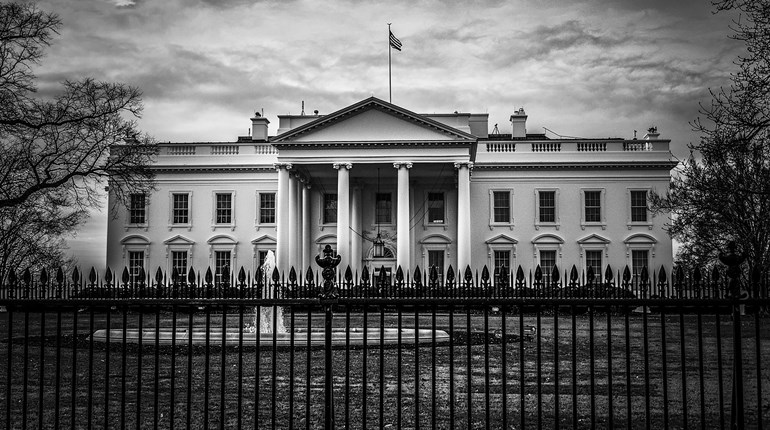
Supporters of the Second Amendment know there are innumerable hypothetical arguments against anti-gun policies, and unending amounts of statistical evidence that show the abject failure of gun-control laws to have any discernible impact on efforts to diminish violent crime. And when extremists opposed to our rights roll out the tired, overused phrase, “If it saves one life,” we know they have abandoned all logic and are simply resorting to an unprovable argument.
The notion that anti-gun laws might save a single life—let alone help to lower the near record low rate of violent crime—is predicated on a flawed concept that criminals will obey such laws.
They don’t, of course, which is why we call them criminals.
Now, the pro-gun community could always use our opponents' tactics and ask of a gun-control proposal, “What if it costs lives?” Just as hard to prove? Maybe not.
While anecdotal evidence is not useful for confirming theories, it often can be effective when trying to illustrate a point. And every month, NRA Publications include anecdotal evidence that lives are saved by making sure law-abiding citizens have access to the best means of defense.
We call it "The Armed Citizen."
Although the stories in The Armed Citizen are presented simply to show how law-abiding gun owners protect themselves and others through the safe, responsible use of firearms, putting such stories in the context of why anti-gun laws are dangerous is sometimes necessary.
On July 16, a San Diego, Calif., homeowner was assaulted and stabbed by a burglar. While the victim’s wife called 911, his 20-year-old son retrieved a firearm and shot the attacker, who stumbled from the home and died. After authorities arrived, paramedics took the wounded homeowner to the hospital where he was admitted in stable condition.
A greater tragedy for the homeowner and his family was likely averted because of quick thinking by the son and quick access to a firearm. Had the home invasion taken place two weeks later, however, the outcome may have been much different.
On July 30, the San Diego City Council gave final approval for a new ordinance that requires gun owners to store firearms in the home in a locked container or with a trigger lock. Those found not in compliance face up to six months in jail and a $1,000 fine.
So, had the ordinance been in place, and had the homeowners been in compliance, the assailant’s attack would have certainly continued for the additional time it would have taken for the son to either remove the firearm from the storage device or remove the trigger lock. That is, if he even knew how to do so. When lives are at stake, as in this case, every second counts, and it is almost guaranteed that the assailant would have done more damage in the time granted him by the city council. Perhaps his attack would have even spread to the other occupants of the home.
And what if the homeowners had decided to not obey the tragically flawed ordinance? Would there now be the threat of jail time for simply deciding they knew the best, safest method for storing a personal-protection firearm?
One-size-fits-all mandatory-storage laws are a real threat to the safety of law-abiding gun owners—as this case clearly highlights. But they are not, by any stretch of the imagination, the only threat.
The NRA is often vilified by anti-gun extremists for its support of laws that ensure law-abiding citizens can legally carry concealed firearms for personal protection. We began a concerted push for such laws with the passage of Florida’s shall-issue permit system in 1987. Illinois had no mechanism for the lawful carrying of firearms for personal protection until years of lobbying pressure from NRA members and victories in the courts culminated in the passage of that state’s shall-issue permit law in 2013.
The gun-ban community has long opposed right-to-carry laws. But in June, a good guy with a gun (and a carry permit) stopped two armed criminals in Chicago from what was clearly an attempt to murder another man.
A June 7 Chicago Sun-Times story reported that two armed men approached a 22-year-old male and began firing at him. A carry-permit holder seated in his car exited his vehicle with his firearm and shot both assailants. The 22-year-old survived, and the permit holder was uninjured. Without that permit holder’s lawfully carried firearm and quick action, the attack would have surely ended quite differently—and likely tragically.
Anti-gun approaches to violent crime—like mandatory storage or prohibiting concealed carry—are not just flawed approaches to addressing criminal activity, they are potentially deadly for law-abiding gun owners and other citizens.


































